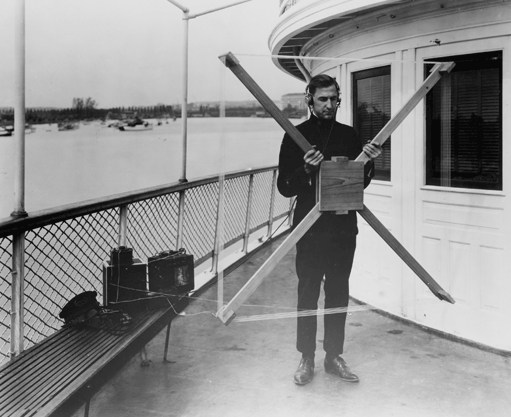Washington, DC - Measurements are key to scientific and technological innovation. It’s like a field of dreams: Better measurements always find useful applications.
Proving this credo, NIST's nearly 120 years of research to advance measurement science, standards and technology have had significant impacts on American innovation and quality of life.
This is remarkable for a small federal agency focused on developing practical solutions to the nation’s ever-changing technology needs.
“NIST has the broadest science and technology portfolio of any science agency in the United States and likely in the world,” says Walter G. Copan, under secretary of commerce for standards and technology and NIST director.
Since becoming director of NIST in 2017, Copan has been impressed by the widespread respect for and trust in NIST, as evidenced at a July 2018 media-sponsored event attended by representatives of industry and the U.S. Congress.
“Every one of them walked up to me and said, ‘We love NIST,’” Copan says. “NIST provides tremendous value to the nation.”
One senator reported walking along the Florida seashore and seeing buildings that had collapsed during a hurricane, located side by side with others still standing — standing because they were built to comply with NIST-recommended codes and standards.
What is the true value of something like that? Measurement advances can have a human impact that goes beyond numbers.
Copan notes that NIST has a history of generously “giving things away,” and as a result is not always recognized as the source of an innovation. He aims to fix that through an ambitious effort that will make it easier for even more NIST innovations to make it out into the real world and for the country to get a bigger return on all federal investment in research and development.
Valuing the Invaluable
NIST’s impacts are often so broad or deep that they can’t be fully measured. Some NIST technologies are used by most Americans, may form the basis for new products or even industries, and can even save lives. Although there is no comprehensive dataset of NIST’s impacts, history offers many examples. Below are a few highlights.
NIST was a leader in the early days of radio, pioneering, among other things, the instrument (or blind) landing system. Anyone who has flown on an airplane at night or in cloudy weather, when the pilot can’t see much, can thank NIST for this system. Blind landing relying on radio guidance also provides the basis for today's air traffic control systems.

This photo was probably taken during an early (circa 1921) test of a radio direction finder (RDF), a special antenna that determined the direction of radio transmissions. The original RDF was made by an Italian team, but NIST researchers patented an improved design, built in 1916. It served as a prototype for the U.S. Navy and was used widely to pinpoint the positions of enemy forces during World War I. Credit: NIST
NIST has long maintained U.S. civilian time standards, which support everyone who keeps a schedule, uses a phone or electricity, or owns stocks. NIST’s Internet Time Service responds to about 40 billion automated requests per day to synchronize clocks in computers and network devices, while NIST radio broadcasts update an estimated 50 million watches and other clocks daily. NIST official time supports the time-stamping of hundreds of billions of dollars in U.S. financial transactions each working day.
Another pervasive NIST technology is closed captioning. Originally called TvTime, a method for broadcasting time and frequency data on television, this Emmy Award-winning technology has greatly benefited the deaf and hard of hearing. It is widely used on television and cable programs as well as motion pictures and has spawned an industry of suppliers of closed captioning services.
NIST benefits public health and safety in many ways. NIST engineering studies of fires and structural failures have led to significant changes in practices, standards and codes to enhance the health and safety of the public.
